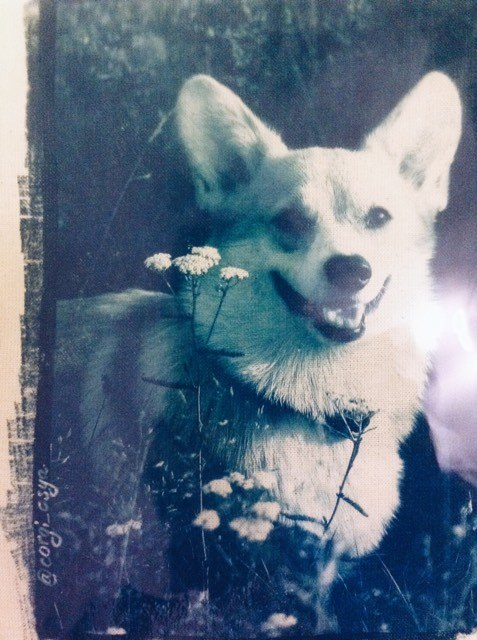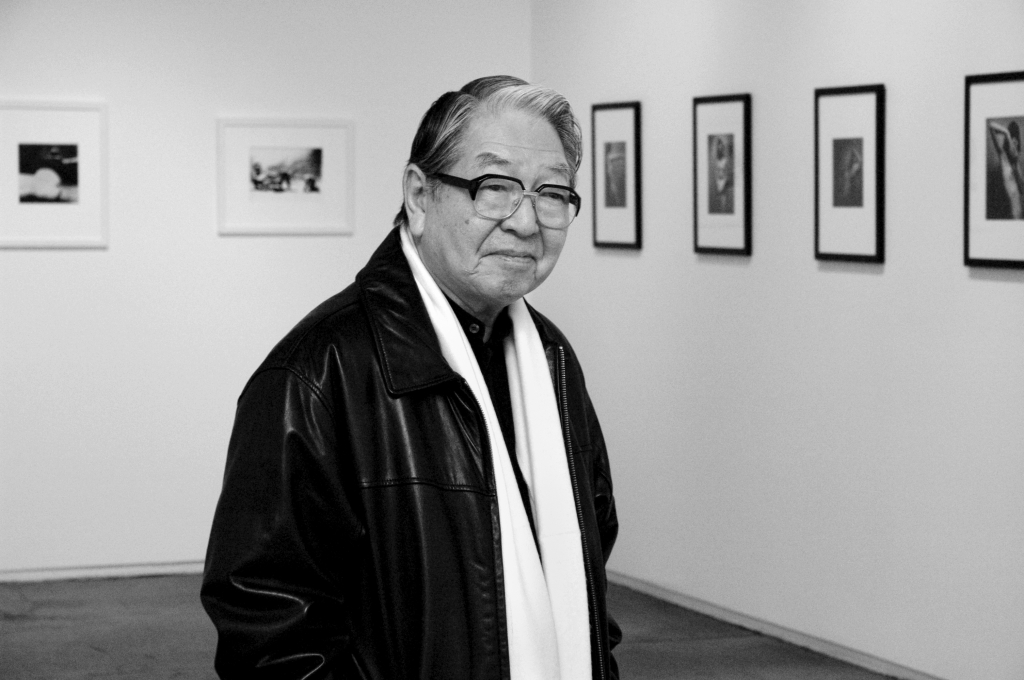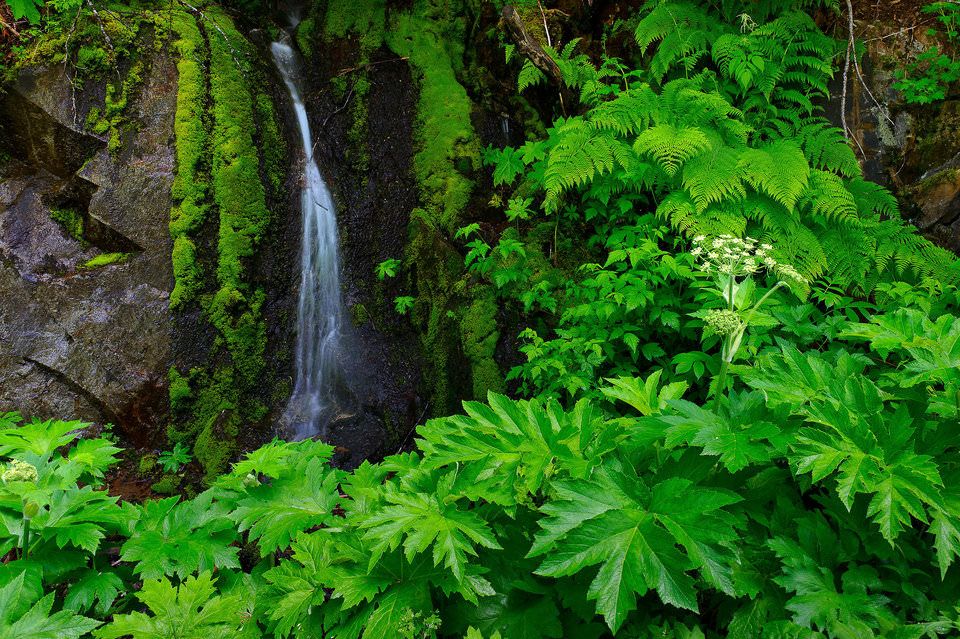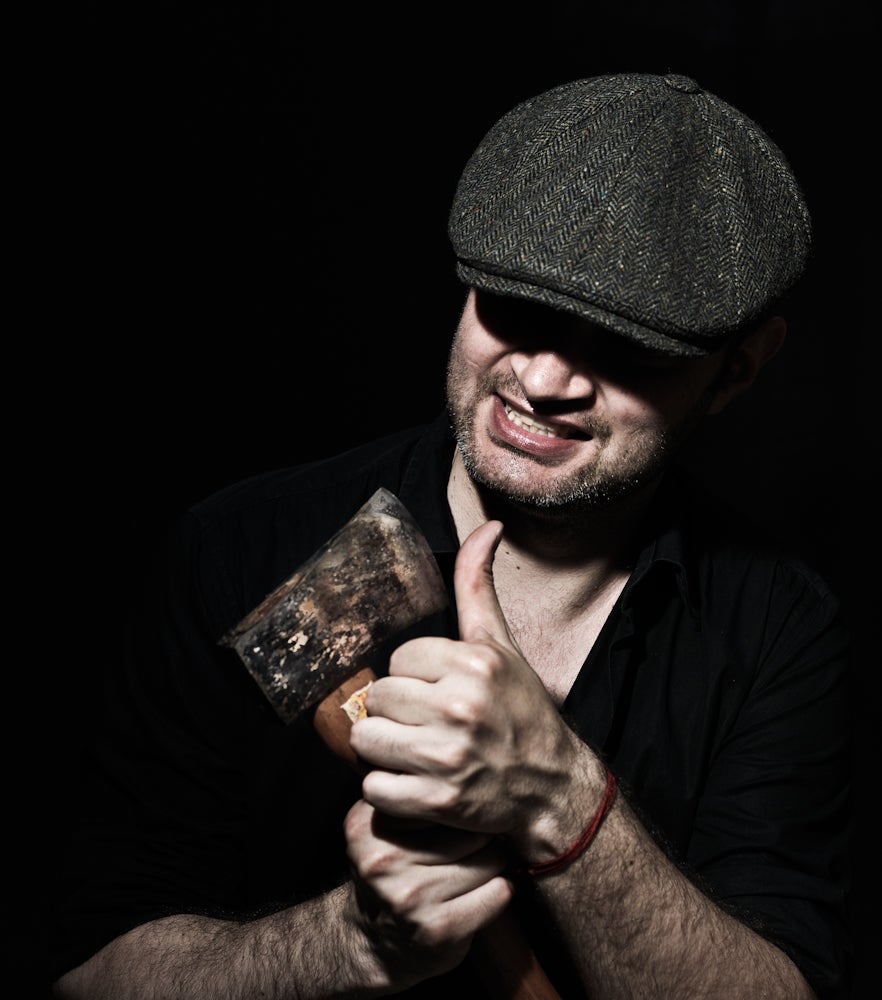across the frame
TEXTURE IN NATURE. WHERE TO GET? HOW TO PHOTO?
 When we talk about photographing small scenes of nature, we mean pictures with objects, patterns and textures created in a natural way. The emphasis is on small details. Such photographs to a lesser extent reflect the literal qualities of an object (trees or plants), instead they focus on its more abstract qualities.
When we talk about photographing small scenes of nature, we mean pictures with objects, patterns and textures created in a natural way. The emphasis is on small details. Such photographs to a lesser extent reflect the literal qualities of an object (trees or plants), instead they focus on its more abstract qualities.
Texture in the nature. Where to get? How to take pictures?
One of the joys of photographing small scenes is that objects suitable for shooting are abundant in any place: from the backyard or the local public garden to the largest and most picturesque national parks. This makes shooting small scenes more accessible than other types of landscape photography. The presence of such photographs in the photographer’s portfolio adds depth to it, because such photographs, at times, are able to tell more about a particular place than a large landscape. Continue reading
AMAZING FISHEYE LENS WORLD
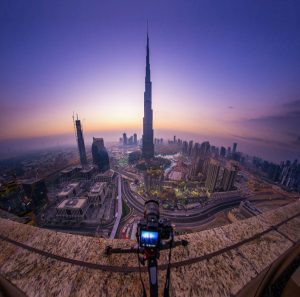 Fisheye lenses have a very short focal length, which gives them an extremely wide viewing angle. This means that the image is becoming wider than realistically possible. The edges of the image are distorted, making the photo spherical. Everything that is nearby becomes very large in the frame, and everything at a distance becomes extremely small.
Fisheye lenses have a very short focal length, which gives them an extremely wide viewing angle. This means that the image is becoming wider than realistically possible. The edges of the image are distorted, making the photo spherical. Everything that is nearby becomes very large in the frame, and everything at a distance becomes extremely small.
Such lenses have a focal length of less than 12 mm. The smallest focal length for them is 7.5 mm. They are available for both SLR and mirrorless cameras. In addition, there is also a selection of special fisheye for smartphones.
Often distortion can be annoying. But this is not necessary at all – with proper use, a fish eye can be visually pleasing and even preferable to a conventional wide-angle lens. Try using distorted lines and curves to bring the viewer’s eye to the right place in the image. Continue reading
T-STOP VS F-STOP: WHAT DIFFERENCE?
 T-STOP VS F-STOP: WHAT DIFFERENCE?
T-STOP VS F-STOP: WHAT DIFFERENCE?
One of the first things you come across in photography is F-stop (from focal length “focal length”). It, as a measurement of the lens, is an important part of the exposure, like the T-stop (from the English transmission – “transmission”). We suggest you familiarize yourself with the article by professional photographer Gabor Holtzer, in which he explains on the fingers the differences between T-stop and F-stop.
T-stop vs F-stop: what’s the difference?
What does F-stop mean?
Each lens has an entrance pupil. The entrance pupil is that part of the lens where the diaphragm is located (and not the front of the lens). Its diameter is usually slightly less than the diameter of the front glass element. Continue reading
